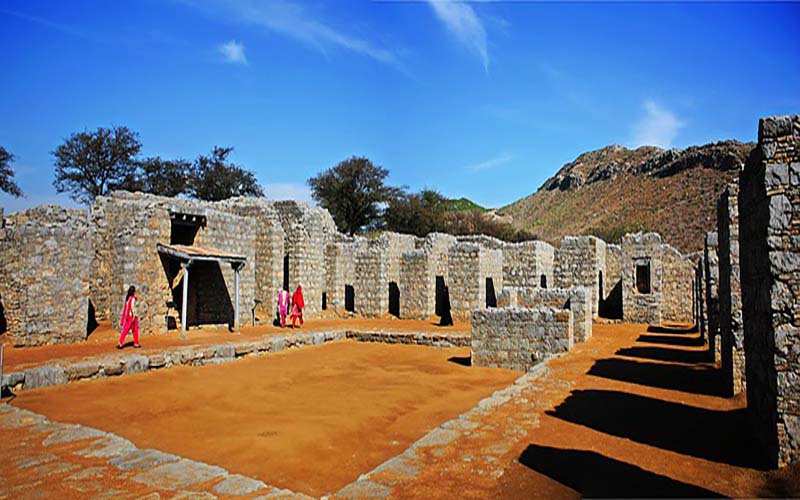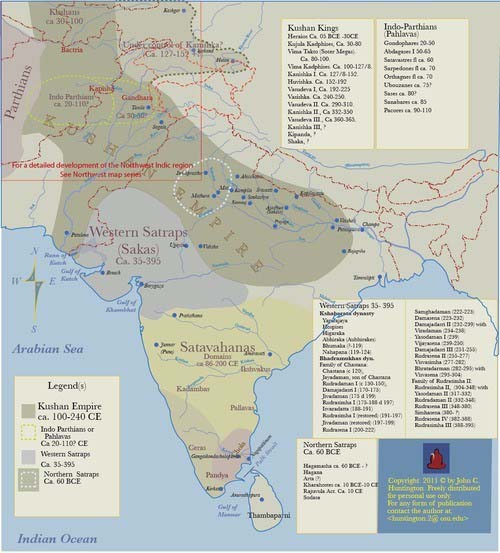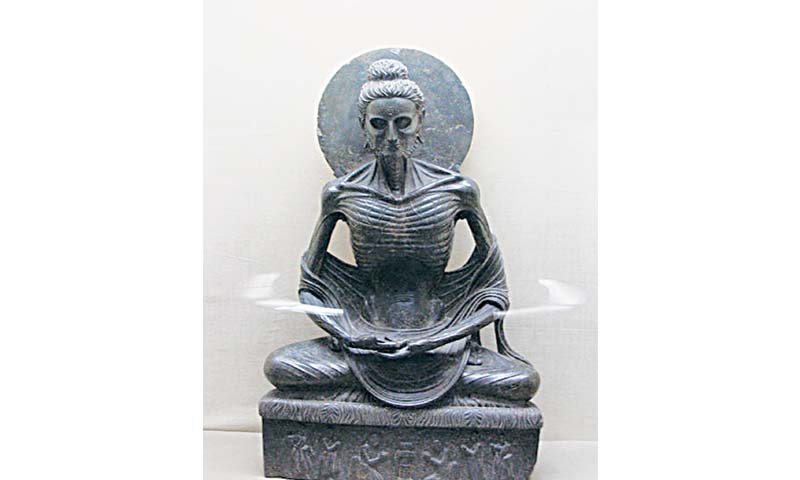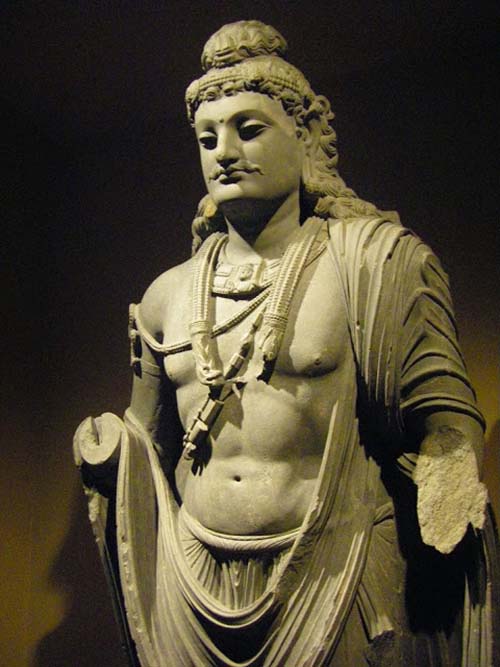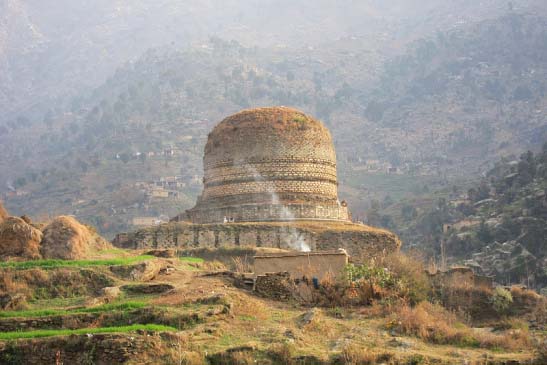[ad_1]
Written by: Mahnoor Fatima
Posted on: April 01, 2020 | 
Jaulian Stupa and Monastery in Taxila (photo credits to Jun Liu on Flickr)
What connects Mardan, Charsadda, Taxila to major cities like Peshawar and Rawalpindi? These seemingly discreet towns were once the ruling cities of an ancient civilization, which began from about 5th Century BCE to 11th Century CE. Different civilisations, cultures and empires left their mark on the land and history of the Indian Subcontinent. Gandhara is an ancient civilization situated in a triangular region, which is now divided between modern-day Pakistan and Afghanistan. It starts from Dir and Swat, goes into Peshawar, and stretches to Kandahar, Afghanistan (which some believe got its name from Gandhara) on the West and the Pothohar Plateau on the East.
Historical accounts vary on the meaning behind the name ‘Gandhara’, and how this civilization originated. While some believe that the word means ‘Land of Fragrance’, the area is not historically recorded to have particularly fragrant flowers or spices. A more likely answer is that ‘Gandhara’ means ‘Mound of Water’, due to its location between the River Indus and River Kabul. Records of Gandhara and Gandharis can be seen as early as the Ramayana (8th – 4th Century BC) and the original Vedic Texts (1500 – 1200 BCE).
While it is difficult to detail the different waves of invaders that came and ruled in the Gandhara region during this period, each used it as a gateway into what is now the Indian Subcontinent. It was originally a part of the Achaemenid Empire (556 BC), until Alexander the Great conquered it, crossing Taxila to enter Punjab. Taxila then became the capital of the Mauryan Empire when the Buddhist Chandragupta Maurya conquered the region. Next, the Indo-Greeks from Bactria (modern-day North Afghanistan) invaded, followed by the scytho-Parthians of Central Asia. The Gandhara Civilization’s apex came with the Kushans (1st – 5th Century CE), and its twilight saw invasions by the White Huns and Hindu Guptas.
Although the mythic origins of the Gandhara Civilization can be found in Hindu texts, it was Buddhism that fundamentally changed the land and its people. It brought a new religion, a new philosophy, and new expressions of art. The Indo-Greek art is a combination of Indian, Greek, Syrian and Persian styles, which came about in the latter half of the civilization. Often, this art was inspired by Buddhist teachings and philosophy, and used stucco and mica schist as mediums. Perhaps the most famous example of Gandharan art is the statue of Fasting Buddha, which can be found in the Lahore Museum.
But the “Greek” part comes from the Hellenistic influence left behind from Alexander’s era. Greek coins of his time have often been found at the sites, and some concepts of Greek masculinity and form can be seen in Gandharan statutes.
The two particular cities of Taxila and Peshawar were major hubs of trade, culture, and education in this civilization. Each invader would either choose Taxila (Takshashilla), Peshawar (Purushapura) as the capital cities of their empire, due to their existing infrastructure and strategic importance. Taxila, in particular, was home to some of the oldest public universities and monasteries in the world, whose well-developed archaeological sites are well preserved to this day, such as Takht-i-Bahi, Jaulian Stupa and Monastery, and Dharmarajika Stupa and Monastery.
Early Chinese accounts have significantly contributed to the historic understandings of Gandhara Buddhism. It was during the Kushan era that Chinese and Central Asian traders visited Gandhara for trade and religious knowledge, often venturing long distances across mountains. The most famous were Faxian (400 CE) and Xuanzang (627 – 640 CE) who wrote extremely detailed accounts of the shrines, locals and monasteries. Some scholars have even gone so far to say that it was through Gandhara that Buddhism spread to China, directly through the travelers, and indirectly through the knowledge brought back by the Chinese monks.
While Buddhism traveled from India to Central Asia, Islam entered the opposite way into India, through Gandhara. Ultimately Mahmud of Ghazni conquered the area in 1021 AD, and expanded eastwards. With the arrival of Islam in the Subcontinent and the eventual addition of Gandhara regions to the Mughal Empire, the ancient secrets of Gandhara remained sealed. It was not until the British Raj that the relics of this vast and extensive region were discovered, and excavation efforts are still ongoing.
The Gandhara Civilization should not be forgotten as it connects the regions of South Asia with each other, as well as Central Asia and Europe. It started as early as, if not earlier than, the Silk Route itself. Gandhara plays an important part in understanding how different peoples and cultures have flourished within South Asia.
But on a simpler level, Gandhara is incredibly fascinating because its ancient relics have survived thousands of years, revealing what pre-modern, Pre-Islamic life was like in the Subcontinent. Those who wish to visit Gandhara ruins, can find relics in museums and historical sites in the lower Swat Valley, Peshawar and Taxila.
You may also like:
[ad_2]
Source link

